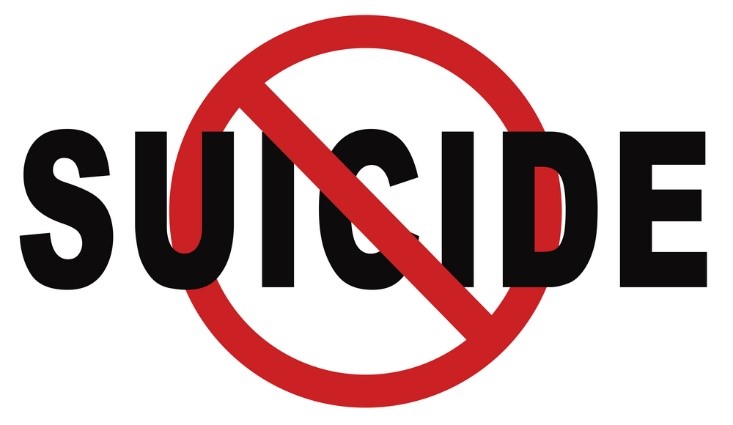Prevention
Suicide Prevention

National Institute of Mental Health
The CDC reported that nearly 45,000 people died by suicide in 2016. It's the third leading cause of death among those aged 10-34, and the 10th leading cause of death overall.

Suicide: How You Can Make a Difference
• Science Update
The recent deaths of high-profile public figures and a new Centers for Disease Control and Prevention (CDC) report on rising suicide rates have brought the topic of suicide into everyday conversations. It’s important to know some facts and to know what to do if you think someone might be at risk for self-harm. A crisis can pass with time and the most important thing is to stay safe through the crisis and get help.
5 Action Steps for Helping Someone in Emotional Pain
- Ask, “Are you thinking about killing yourself?”
It’s not an easy question but studies show that asking at-risk individuals if they are suicidal does not increase suicides or suicidal thoughts. - Keep them safe.
Reducing a suicidal person’s access to highly lethal items or places is an important part of suicide prevention. While this is not always easy, asking if the at-risk person has a plan and removing or disabling the lethal means can make a difference. - Be there.
Listen carefully and learn what the individual is thinking and feeling. Findings suggest acknowledging and talking about suicide may in fact reduce rather than increase suicidal thoughts. - Help them connect.
Save the National Suicide Prevention Lifeline’s number in your phone so it’s there when you need it: (800) 273-TALK (8255). You can also help make a connection with a trusted individual like a family member, friend, spiritual advisor, or mental health professional. - Stay Connected.
Staying in touch after a crisis or after being discharged from care can make a difference. Studies have shown the number of suicide deaths goes down when someone follows up with the at-risk person.

Through this website you are able to link to other websites which are not under the control of the Monroe County Health Department. We have no control over the nature, content and availability of those sites. The inclusion of any links does not necessarily imply a recommendation or endorse the views expressed within them, they are for informational purposes only.
- Recent
News - Useful
Links
Contact Us
Health Administrator
- Phone: (812) 349-2543
- Fax:
(812) 339-6481 - Staff Directory
- M - F 8:00 a.m - 4:00 p.m.







